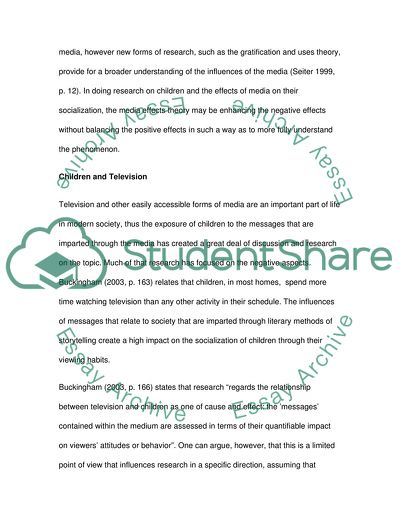Cite this document
(Influence of Media on Children Essay Example | Topics and Well Written Essays - 1500 words - 1, n.d.)
Influence of Media on Children Essay Example | Topics and Well Written Essays - 1500 words - 1. https://studentshare.org/media/1752585-televison-audiences
Influence of Media on Children Essay Example | Topics and Well Written Essays - 1500 words - 1. https://studentshare.org/media/1752585-televison-audiences
(Influence of Media on Children Essay Example | Topics and Well Written Essays - 1500 Words - 1)
Influence of Media on Children Essay Example | Topics and Well Written Essays - 1500 Words - 1. https://studentshare.org/media/1752585-televison-audiences.
Influence of Media on Children Essay Example | Topics and Well Written Essays - 1500 Words - 1. https://studentshare.org/media/1752585-televison-audiences.
“Influence of Media on Children Essay Example | Topics and Well Written Essays - 1500 Words - 1”. https://studentshare.org/media/1752585-televison-audiences.


